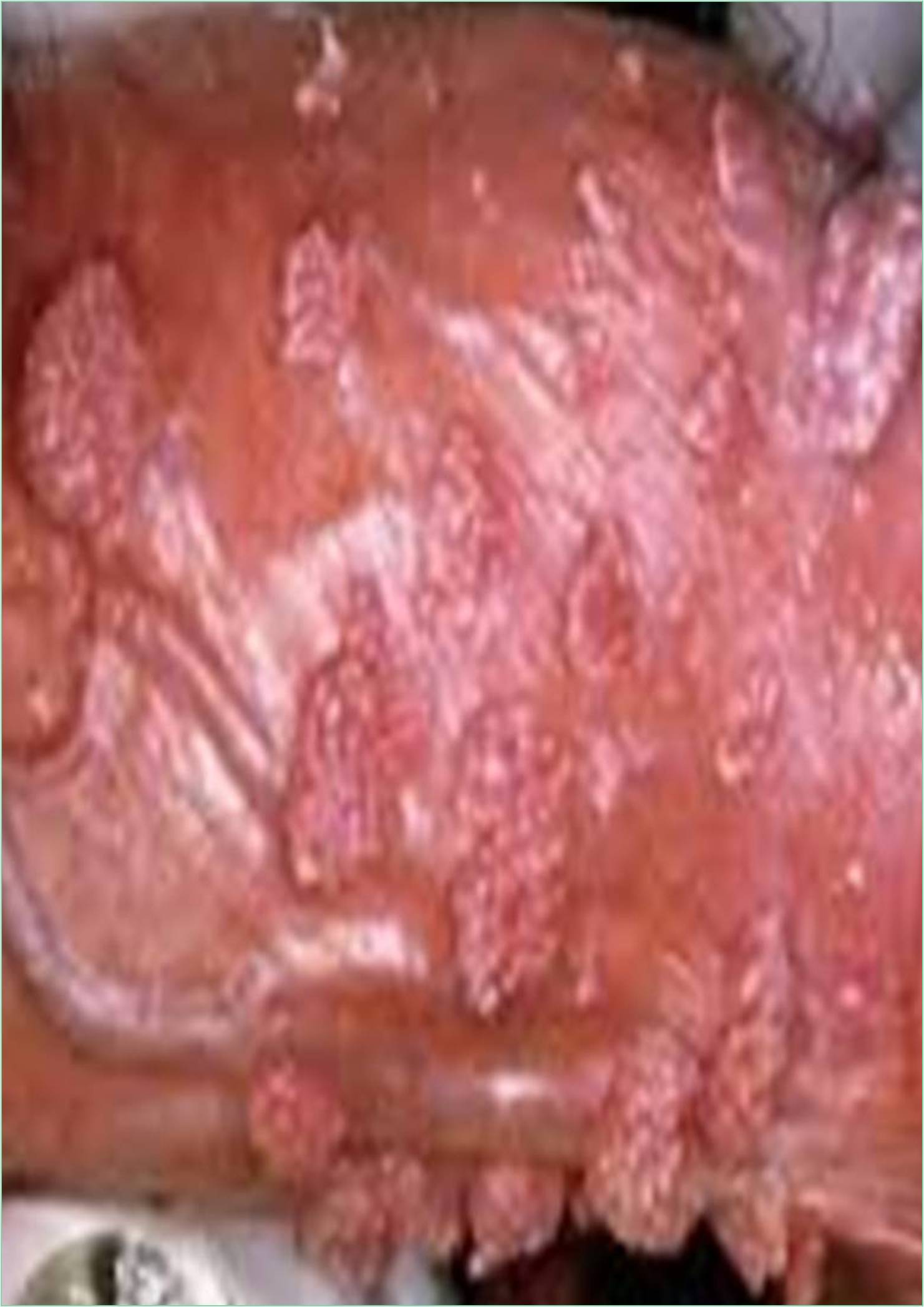



Received: 01-Jul-2022, Manuscript No. GJV-22-71965; Editor assigned: 04-Jul-2022, Pre QC No. GJV-22-71965(PQ); Reviewed: 25-Jul-2022, QC No. GJV-22-71965; Revised: 01-Aug-2022, Manuscript No. GJV-22-71965(R); Published: 08-Aug-2022, DOI: 10.35841/GJV.22.10.020
The causative organism of most cases of mucocutaneous candidiasis is "C. albicans" and primary immune deficiency inability to clear fungal infections. It developed in accompanying endocrine and inflammatory disorders underlying de-regulation of immune system. It is associated with types of infections, such as human papilloma virus.
The Neonates with central catheters experiences at high rates of bloodstream infections, with Candida being the third most common microbial source. In contrast, Candida infection in an immune compromised individual can cause severe systemic infection, candidemia, and low normal proliferative response to phyto haemagglutinin. Avoidance of additional risk factors for oral and oesophageal cancer and excessive alcohol consumption are also warranted.
The immunologic defects are the factors which predispose the patients with opportunistic organisms such as Candida spp. In most patients with chronic mucocutaneous candidiasis, there are abnormalities of cell-mediated immunity and pathways leads to the production of interferon-γ.
The presence of mutations in signal transducer and activator of transcription 1 which is affected in patients, were amplified by DNA, using a polymerase-chainreaction. The common immunologic abnormality is failure in the patient’s lymphocytes to produce cytokines and healthy women will experience the transient vaginal candidiasis at some point in their lifetime. The several controversial aspects of CMC were proposed to evaluate the study of proliferative responses and the cytokine synthesis.
Another risk factor for candidemia is prolonged hospitalization; in the case for patients in intensive care. The isolate tested susceptible to itraconazole but this drug was not tolerated by the patient. It is characterized by chronic infections with Candida which are limited to mucosal surfaces, skin, and nails. It is also caused due to primary immune deficiency and associated with various syndromes and laboratory abnormalities.
The cell membrane of "Candida" consists of 2 distinct layers; an inner layer which is composed of polysaccharides such as chitin, 1,3-beta-glucans and 1,6- beta-glucans, and the outer layer which is structured mainly by proteins that are mannosylated with mannan side-chains. Without accompanying for endocrinopathy which involved in the development of squamous cell oesophageal carcinoma at a young age. The induced DNA-binding activity of GAF was stronger in CMCD patient.
The association with chromosome has been identified. It rarely, develops in adult life and often associated with internal diseases such as myasthenia gravis or myositis, or bone marrow defects such as aplastic anaemia, neutropenia and hypogammaglobulinaemia. The increase in antigen-induced apoptosis in lymphocytes from the patients compared with controls, and this applied both to Candida and PPD antigens.
The chronic candidiasis is a feature that is present in a broad range of diseases, which are isolated from candidiasis involving in skin and mucous membrane, to syndromes the encompassing severe immunodeficiency and autoimmunity. The T-cell gives response to Candida antigens, as well as to mitogens also. It is important to note that although monogenic immunodeficiency disorders are interesting and insightful with regards to mechanisms of infection; in the vast majority of "Candida" infections, that causes multifactorial and potential risk of increased due to susceptibility. The iron-binding proteins in serum and external secretions inhibit growth of certain microorganisms.